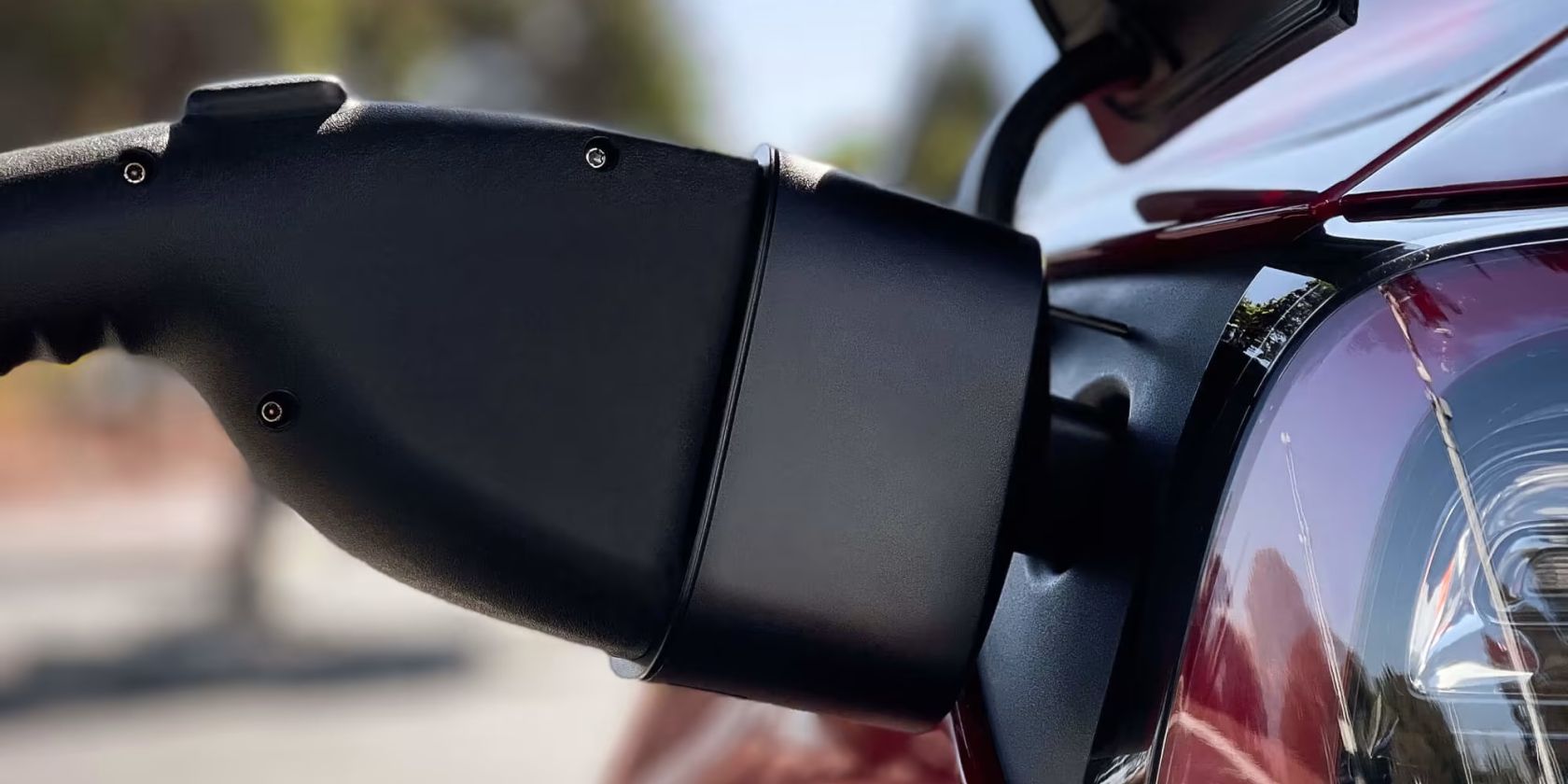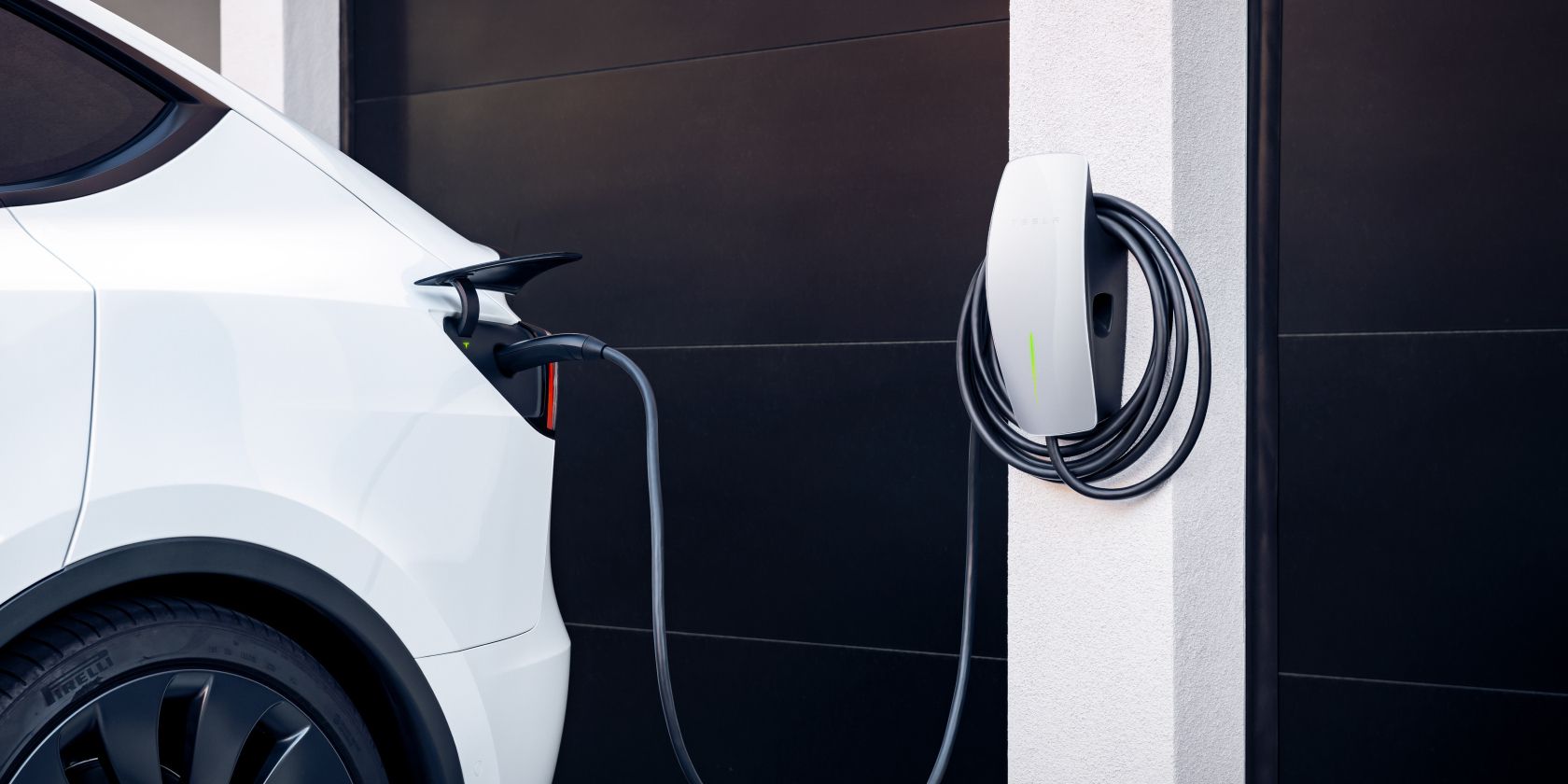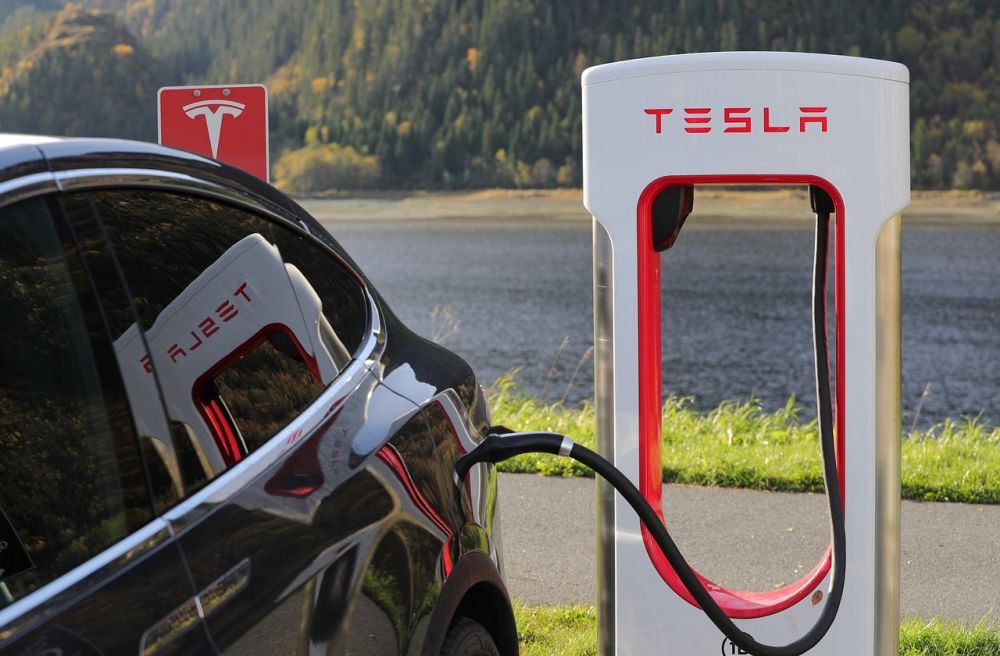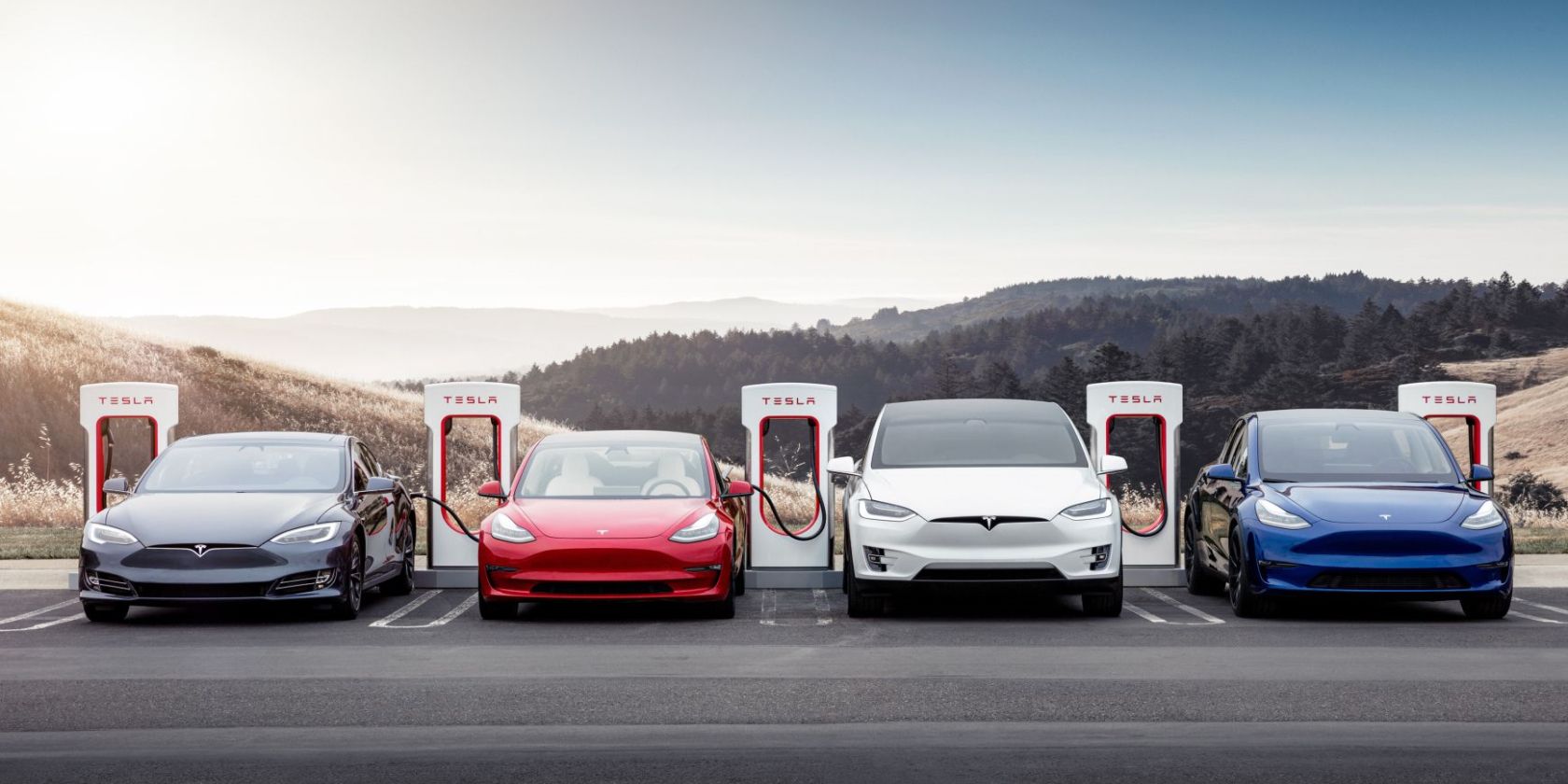How long it takes to charge your Tesla depends on various factors. These factors include the battery's temperature, the charging rate the vehicle will allow, and the type of charger you're using.Tesla charging times vary drastically if you compare L1, L2, and L3 chargers. Some chargers can charge your vehicle from 20% to 80% in less than an hour. But, the costs of charging using these different methods also vary. So, how long does it take to charge a Tesla?
How Long Does It Take to Charge Your Tesla at Home?
Charging your Tesla at home is a huge convenience, especially if you have an L2 charger installed. Many owners who regularly commute close to their homes don't consider installing one of these chargers. But it's a great way to speed up the charging process of your vehicle. Installing an L2 charger in your home makes it EV ready and might even be a selling point if you ever decide to sell it.
If you're charging your electric vehicle at home, you can choose 120V charging or 240V charging. The first option is known as Level 1 and is slower. The second is a Level 2 charger, which can charge your EV much faster. Obviously, if your commute doesn't include long distances, you'll be perfectly fine with the L1. But if you're ever setting out on a long road trip, having an L2 charger at the ready is a huge plus.
Time and Money Spent Charging
Tesla vehicles come equipped with batteries of varying sizes, but for the purposes of this explanation, we'll be using the Model 3 Long Range AWD. This specific model is a good pick, especially because it's quite common.
The Model 3 Long Range AWD comes equipped with an 80.5kWh battery pack. This means that if you're paying electricity at a rate close to the national average, which was 11.8 cents in the year 2021 (according to Statista), you'll end up paying somewhere close to $9.50 to completely recharge your Model 3 from 0% charge. If you only need to recharge 50% of your battery, the price is approximately half of this.
The amount it costs to fill up depends on the cost of electricity and the percentage you need to recharge, as well as the total capacity of the battery. If you want to know how long it takes to charge your Tesla at home, it depends on if you're using Level 1 or Level 2 charging. A Level 1 charger uses 120V of power from a conventional outlet in your home; this means it can deliver around 1.9kW of power using a 20 amp breaker.
Using the 1.9 kW of energy the Level 1 charger provides, you can expect to recharge your vehicle in approximately 52 hours. This calculation divides the total battery capacity by the total power your outlet can deliver, taking into account that the breaker can only sustain 80% of its rated capacity, as well as the associated efficiency losses when charging. 52 hours is a very long time, but it improves dramatically with an L2 charger.
The faster Level 2 Tesla Wall Connector can refill your vehicle in approximately seven hours, thanks to the 11.5 kW charging speed. Of course, this calculation doesn't consider the efficiency losses experienced while charging, so the charging time might be a little higher. Regardless, this is a drastic improvement over the 52 hours required using Level 1 charging.
Supercharging Your Tesla Is More Expensive Than Charging at Home
If you're charging at a Tesla Supercharger, the cost per kWh will be much more than the national average for residential energy consumption. Furthermore, prices are rising, and Supercharger is far from the cheapest EV charging network.
According to a Reddit post on the Tesla subreddit, Supercharger prices have increased throughout California, with some owners reporting prices as high as $0.65 at peak times, though it appears $0.50 is more common.
In theory, if you were to use a supercharger to completely fill up your Tesla's 80.5 kWh battery, you would be facing a bill of more than $40. Obviously, this isn't the cheapest method to charge your Tesla, but it is extremely fast and convenient. Customers use Superchargers when they're traveling long distances and need a quick charge that can take them the distance.
It's not as convenient as simply filling up your gasoline-powered vehicle's tank, but it's not as slow as L2 charging.
How Long Does It Take to Recharge Your Tesla Using a Supercharger?
According to Tesla's V3 Supercharger announcement, the Model 3 Long Range can charge at an extremely fast rate using the new V3 chargers.
At this rate, a Model 3 Long Range operating at peak efficiency can recover up to 75 miles of charge in 5 minutes and charge at rates of up to 1,000 miles per hour
Recovering 75 miles of range in five minutes is great for people who can't afford to waste any time charging their vehicle at a slow clip. It must be said that if you want to take care of your EV's battery, you shouldn't fast charge your vehicle every single day. But if your job forces you to depend on Supercharger stations daily, it's not the end of the world.
Though ideally, you should charge your vehicle at a slower, less demanding rate. In theory, if you're recharging your Tesla using the 250 kW max capacity of a V3 charger, you could expect to refill from 0% to 100% in approximately 20 minutes, which is amazing. Realistically, it's not that simple.
The Supercharger doesn't provide this power the entire time the vehicle is being charged and dials down the power eventually. So, you're not going to be receiving a continuous 250 kW for the duration of the charging session, but it's still going to be extremely fast. Tesla's Supercharger stations are also among the charging stations that use the most renewable energy. Tesla has been doing a great job expanding its Supercharger network, so Tesla owners can rest at ease that range anxiety is slowly becoming a thing of the past.
Your Tesla EV's Charging Speed Adjusts to Your Needs
If you own a Tesla, you can rest assured that your vehicle will be able to charge at whatever speed the situation demands. This includes charging really fast while you're on the road, perhaps in a remote location with few Supercharger stations.
In situations like this, fast charging is a must. If you're at home, you can charge your Tesla in a slower manner and wake up to a full battery the next day with an L2 charger. If you're not in a hurry, L1 charging will get the job done as well.




